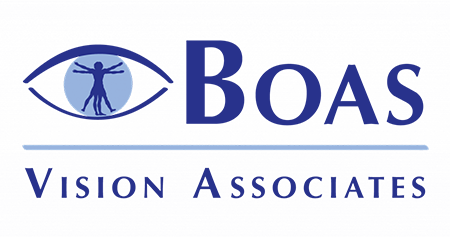
Reduced vision is defined as vision that can not be corrected completely using either contact lenses, eyeglasses, or surgery, and is blurry (at the level of at least 20/70), or limited in its view field. Low vision is sometimes caused by injury to the eye or brain, and it can be inherited. However the main cause of low vision is eye disease, including diabetic retinopathy, glaucoma and macular degeneration.
If you have low vision you have some sight. However completing normal activities, including driving and reading, can be hard or even impossible.
Low vision is a condition that the elderly suffer from, although it is possible for children and middle-aged patients to have low vision. After a life of seeing normally, losing your vision can be hard, or even traumatic, and can potentially lead to frustration, or even depression.
Low Vision, Working and Independence
What is especially hard about low vision is that many people are unable to work, and lose their existing jobs. In 2010 the U.S. Census Bureau’s American Community Survey showed that the employment rate for Americans with low vision was 24 percent.
If you have low vision, you probably feel disconnected from the rest of the world. With low vision, it’s hard to read, see images on television or a computer screen, and impossible to drive. You may not be able to be independant and run your own errands, shop for food, or visit friends and family. Sometimes people with a vision impairment suffer with this burden alone, while others must rely completely on friends and relatives on a daily basis.
There are many devices and ways to manage low vision, which can help people suffering with low vision to continue leading productive and independent lives. Some of the devices that can help make the most out of remaining vision are magnifiers, both handheld and mounted on eyeglasses, and telescopes.
Symptoms of Low Vision
Signs that it is time to see an eye doctor include loss of peripheral vision, blurry vision, sensitivity to light, night blindness, needing more light to see, spots or floaters, and reading difficulty. This symptoms could indicate that a cataract is beginning in your eye. Or these problems could be signs of an eye condition such as glaucoma, retinitis pigmentosa, or macular degeneration. Make sure to see your eye doctor before any eye condition becomes so serious that vision loss occurs.
If it’s not possible to correct your vision loss with surgery, medical treatment, or eyewear, your eye doctor will send you to a specialist in low vision care. A low vision specialist, who is usually an optometrist, will evaluate your vision loss. Once he or she determines the type and degree of vision loss you are suffering from, this specialist can create a treatment plan including low vision aids, and guidance in using devices that help you to live with vision loss.
Additionally, a low vision specialist has knowledge of many different types of aids for low vision, including large-print and audio books, specially-designed lights, and signature guides that are used to sign checks and other documents. Sometimes eye care professionals that are treating vision loss recommend counseling to help their patients learn to live with the changes that low vision brings.

By Appointment Only